After driving the The Tata Curvv in its electric guise it’s now time to find out how the coupé-SUV is like to drive when powered by internal combustion engines
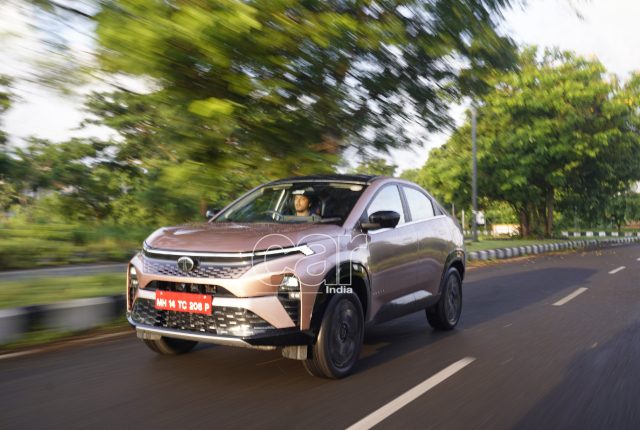
It wasn’t too long ago when we got our first taste of the all-electric Tata Curvv.ev that is the brand’s proper crack at the mid-size SUV space with many things that make it stand out apart from its coupé-SUV body style. But since that was an electric vehicle, it wasn’t easy to make a comparison over most of its true rivals that are powered by internal combustion engines while also having few electric equivalents at that. Well, now we’ve finally gotten our hands on its internal-combustion-engined (ICE) counterpart, the Tata Curvv, and we’ve driven it around the tropical vacation paradise that is Goa to find out whether the Curvv is truly a worthy step from Tata Motors into the mid-size SUV segment and one that could really ruffle some feathers.
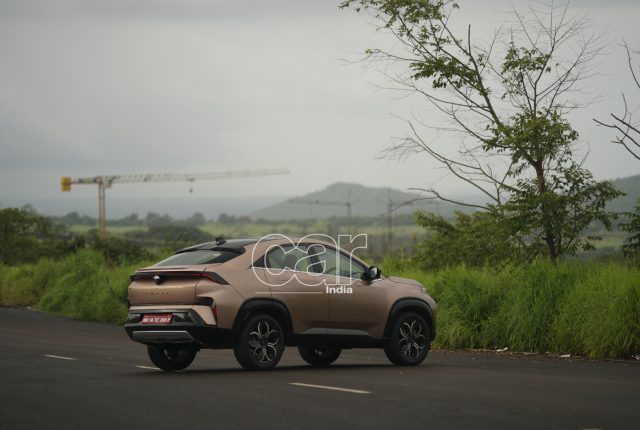
Now considering this is an ICE version of the Curvv I’m not going to go really deep into the differences as the overall experience is virtually identical. That being said, there is a different face, a petal design for the 18-inch alloy wheels, a maroon shade for the cabin, and the floor sits slightly lower.
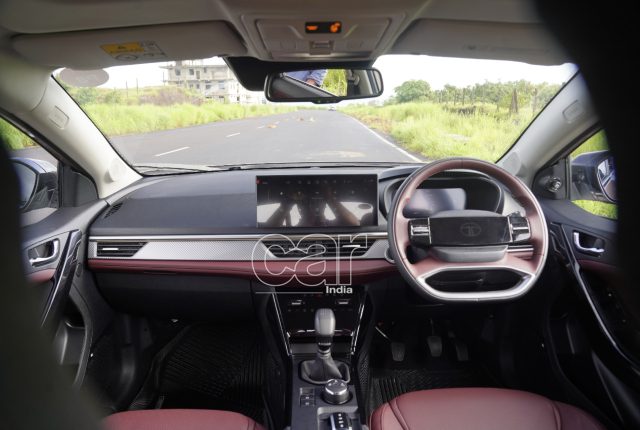
Apart from the EV-specific Arcade.ev and the charging tech, the vast feature list is also identical to the EV. Just as a refresh, it includes a 12.3-inch infotainment system with wireless Apple CarPlay and Android Auto, a 10.25-inch digital driver’s display, wireless phone charger, panoramic sunroof, ventilated seats, a powered driver’s seat, reclinable rear seats, and a powered tailgate with gesture controls, six airbags as standard, and Level 2 ADAS.
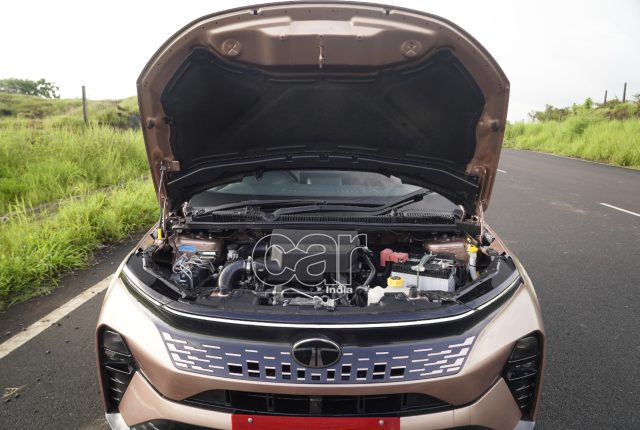
The main reason for our drive with the Curvv this time around is under the hood. There’s already the 120-hp 1.2-litre turbocharged multi-point injection petrol engine and the uprated 118-hp 1.5-litre turbo-diesel option of the unit found in the Nexon. But debuting in the Curvv is a new 125-hp, 1.2-litre direct-injection turbo-petrol engine. On top of this, all three engines get a seven-speed dual-clutch automatic gearbox option to go with the six-speed manual unit.
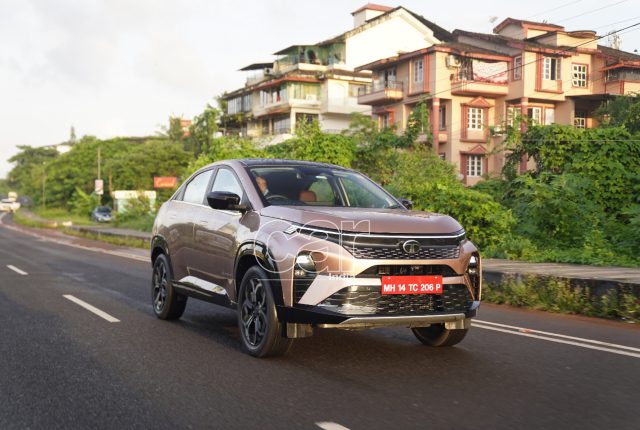
We’ve known from the Nexon and the Altroz Racer that the existing 1.2-litre multi-point injection turbo-petrol engine isn’t quite the enthusiastic type and refinement is lacking. And that is what the 1.2-litre T-GDi petrol looks to solve. Some key points about the new engine include it being an all-aluminium unit featuring variable valve timing technology, a variable oil pump, and an integrated exhaust manifold in the cylinder head. Additionally, it gets a water-cooled variable geometry turbocharger that Tata claim will deliver better torque from lower in the rev range for better acceleration.
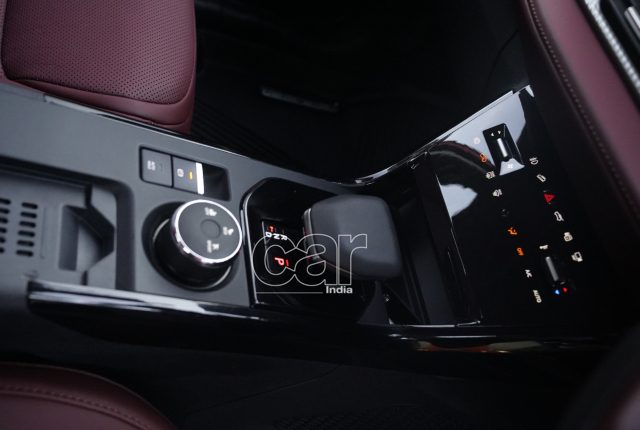
So, does it live up to its potential? I think it is a very decent step to solving the aforementioned issue, as the engine feels smooth, more refined and one can really feel that five hp and 55 Nm performance jump during low-speed acceleration. Thus, building up momentum is effortless even for a car of this size with very minor turbo-lag. Our drive had this engine paired with a six-speed manual gearbox, where shifts felt a little clunky at lower gears, but smoothened out nicely post third gear. The clutch bite point is manageable for traffic scenarios but it really complements the engine around open roads as it feels rewarding when you slot it into the right gear and rpm combo. As a result, overtakes can be executed without needing to think too far ahead which is impressive.
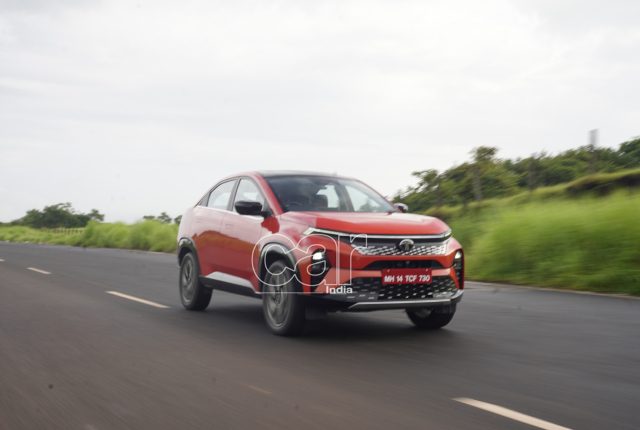
We also drove the 1.5-litre turbo-diesel engine paired to a seven-speed DCA gearbox and while I didn’t really notice the extra three hp compared to the Nexon, I did feel the gearbox holding the engine back. The shifts felt jerky and had noticeable lag whether you’re going up or down the gears in automatic mode or while using the paddle shifters. Overall, better calibration for the gearbox would have been ideal to consider this a viable segment-first option for the Curvv diesel engine.

Impressively, despite it running on a completely different powertrain to the Curvv.ev, the handling dynamics feel very familiar. By this I mean the neutral steering feel, the responsive nature around tight bends that only faces some understeer and minor body roll if you really overdrive it. The ride remains stable through many scenarios although it gets a bit noisy around certain bumps.
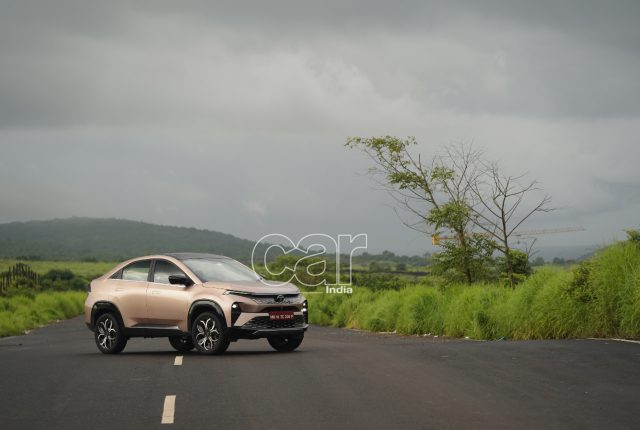
With prices ranging from Rs 10 lakh to Rs 19 lakh (ex-showroom), the Tata Curvv does have the makings to be a mid-size disruptor in many ways apart from the coupé-SUV body style. It includes a competitive tech package and is one of the only cars in the country to get such a diverse range of powertrain options even though it is a more expensive mass market coupe-SUV over the Citroën Basalt. The new 1.2-litre direct-injection turbo-petrol engine complements the stable ride that allows for some excitement when required and we hope the Altroz Racer is the next car to get it.
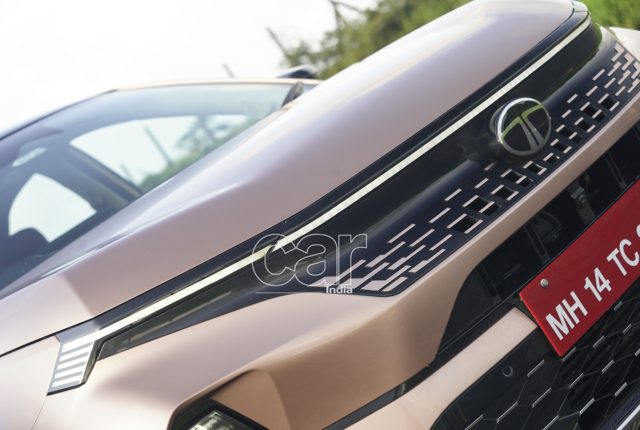
Of course, not everything is rosy with the rear seat experience and cabin materials not being the most ideal, as well as the lazy seven-speed DCA gearbox for the 1.5-litre turbo-diesel engine. Also, the Curvv doesn’t quite have enough of a feeling of having switched from a compact segment model to a mid-size segment vehicle, for example, the kind of change that comes by jumping from a Hyundai Venue to a Hyundai Creta. This is especially apparent with the sense of space inside the Curvv and how similar it looks to the Nexon despite the many additions to an already loaded feature list. Nevertheless, the Tata Curvv can be an option for small families who want a step up from a compact SUV to be within reach.
















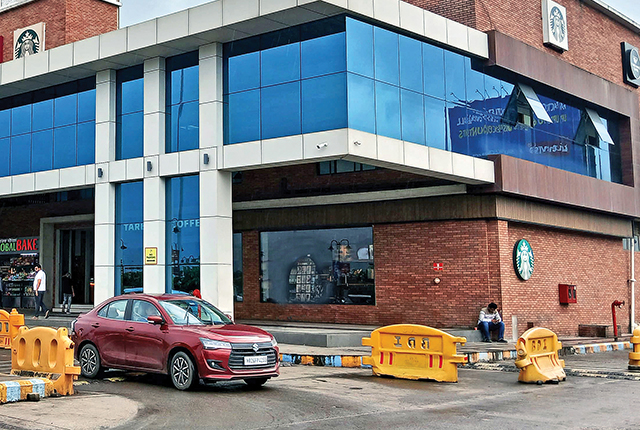



Leave a Reply